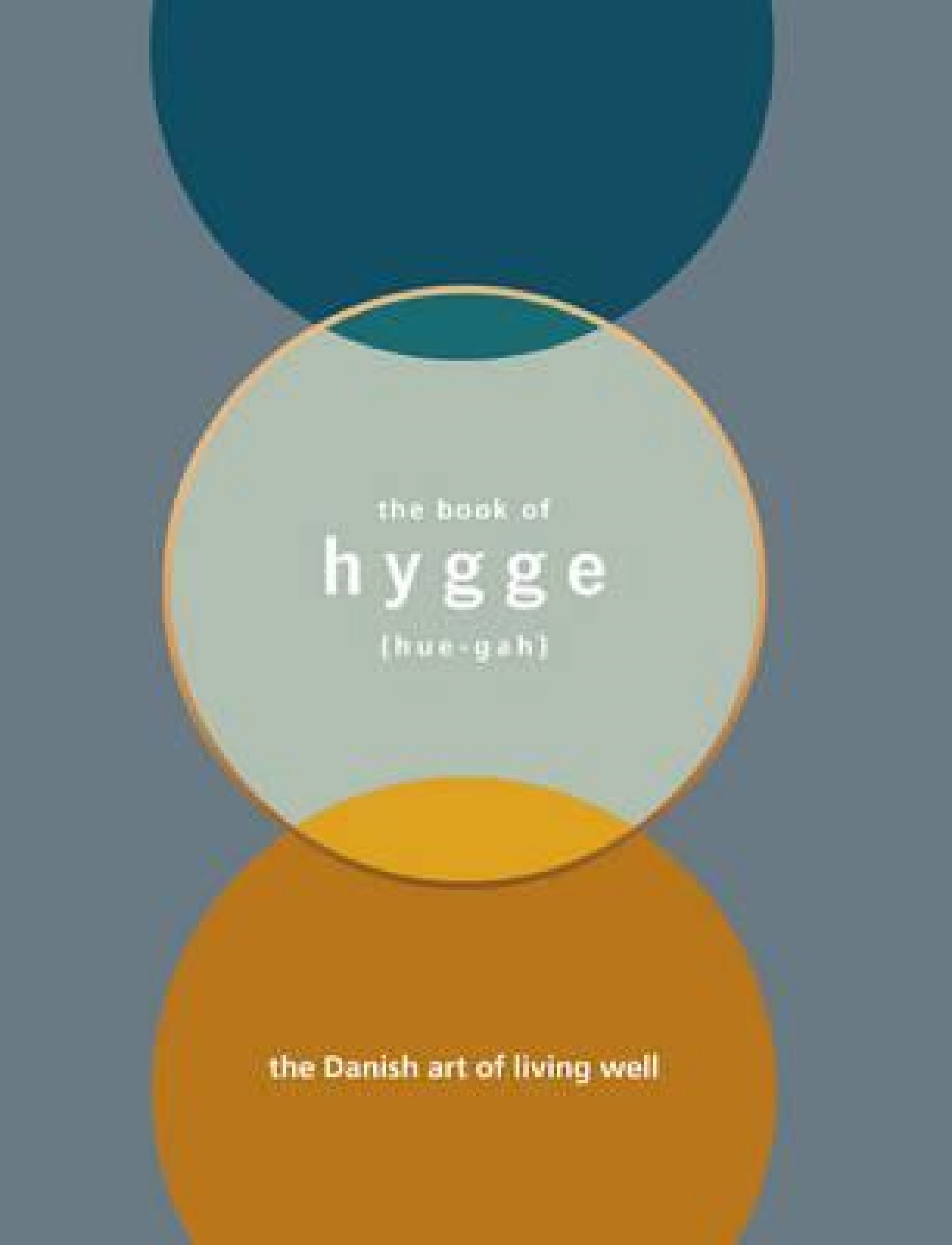What’s the secret to Danish people being consistently ranked amongst the happiest in the world? Apparently the concept of hygge (pronounced “hue-gah”) has a lot to do with it. Hygge can be loosely translated into English as “cosiness”.
The author defines hygge as “A quality of presence and an experience of belonging and togetherness. It is a feeling of being warm, safe, comforted and sheltered.” Hygge can be experienced alone or with others. It can be anything from cuddling your hot water bottle in bed, relaxing in your favourite chair with a good book or enjoying a drink with friends.
Denmark is well known for its high standard of living and often outranks other countries in education, healthcare, gender equality and equitable distribution of wealth. However, as the author notes, “A determined pursuit of happiness doesn’t necessarily lead to wellbeing. At the heart of Danish life, and at the core of hygge, is the deeper stability of contentment. When we are content our daily actions are infused with a quiet satisfaction that we share with those around us”.
The book is broken down into six chapters: Belonging, Shelter, Comfort, Wellbeing, Simplicity and Observance. It’s nice to dip into a chapter that takes your fancy at any given time. I particularly liked the Wellbeing chapter. It talks about Danish concepts around wellbeing and it’s always interesting to learn words from another language that don’t have an equivalent in English. For example, the word “livskunst” describes the things we do to create a life of authenticity and wellbeing.
The book is interspersed with great quotes from some well-known people and people I’ve never heard of. I particularly like the quote from Henry David Thoreau, “Happiness is like a butterfly; the more you chase it, the more it will elude you, but if you turn your attention to other things, it will come and sit softly on your shoulder”. There are also several quotes referring to hygge directly, for example this quote by Carsten Levisen: “Hygge is ‘fragile’ because the process, in a sense, is the goal. It comes through collaborative effort and can easily appear but also easily disappear”.
Hygge stresses, among other things, the importance of being in the moment and giving things your full attention, which is similar to the idea of mindfulness. Appreciating tastes, textures, sounds and moments in time are all central to feeling contentment.
Some of the ideas surrounding hygge can be seen in the Mental Health Foundation’s Five Ways to Wellbeing, particularly the ideas of giving, connecting and taking notice.
I would highly recommend this book. I found it easy to read. It’s small in size (with a cool cover) and even cooler photographs, and is written in a very simple yet engaging style. I like the idea of taking pleasure and comfort in small, ordinary things. A lovely book to read in winter snuggled up under a blanket with a glass of wine, or in any spot you can find hygge.
Reviewed by Maggie McNaughton, account manager/writer at Healthy Communications

